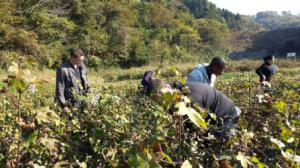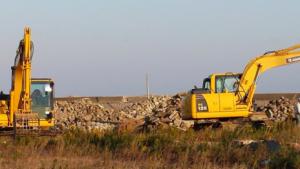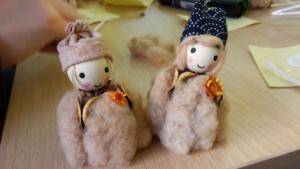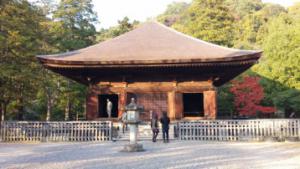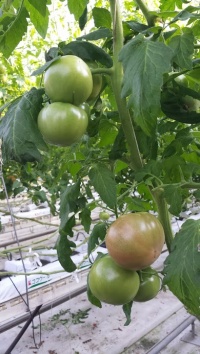When I heard the news that the coast of the Tohoku region in Japan had been hit by a powerful earthquake and a huge tsunami, I was in my first year of university in England. The UK doesn’t suffer from extreme weather conditions, so even seeing the footage and images of the dreadful damage on the news, I couldn’t help but feeling desensitized. I simply could not even begin to imagine the extent of the destruction or how it must have felt to be there at the time.
Two years on, I found myself actually living in Fukushima, in the relatively small town of Nihonmatsu. The Western media in particular had closely followed the story of the Dai-ichi Nuclear Power Plant explosion and the threat of radiation to the point that Fukushima became synonymous with being a complete danger zone. I had heard of other JET participants reconsidering their offers once they heard that they were being placed in Fukushima. All it took for me was to look on a map to see that Fukushima is actually a very large prefecture and that I was miles away from where the earthquake and tsunami hit. I knew that radiation levels were also being closely monitored. However, the writers of sensationalist news stories often decide to omit these details. Having the opportunity to go on the study tour in Iwaki was an incredibly interesting and eye-opening experience. On the one hand, seeing homes in Hisanohama that are still piles of rubble, being able to figure out where peoples’ bathrooms and kitchens were due to the exposed tiles laid in the foundations of houses and hearing about the victims through survivor anecdotes was deeply saddening. The disaster has a sense of realism attached to it now that it didn’t have before. On the other hand, it was really liberating to see the true resilience of the people of Fukushima. With Fukushima’s reputation being strongly scarred by the Great East Japan Earthquake, they are working so hard together as a community to revitalize the prefecture. It was fantastic to see the Iwaki Kamaboko factory experimenting with different flavours, in an attempt to create an exclusive Iwaki kamaboko to bring people to the prefecture and the locals building a shopping district in one of the most damaged areas. It was also great to see local volunteer community groups pulling together to use the abandoned farmland to grow cotton and Iwaki’s Tomato Land back on its feet again. Lastly, learning about how the Fukushima Agricultural Technology Centre inspects produce for radiation using semiconductor detectors was very reassuring. I know that the rest of the world was there to help Fukushima in March 2011, but I feel this support has somewhat been lost in a midst of radiation fears. I for one will do my best to show whoever I know that Fukushima is so much more than an exclusion zone. Fukushima is a beautiful, vibrant and dynamic prefecture and I hope people around the world will eventually start to see that. I understand that there is still a long way to go, but with good communication links, inviting experts from around the world to see for themselves and the spread of accurate and easy to understand information, I think Fukushima will get there sooner rather than later. |
| Summary |







